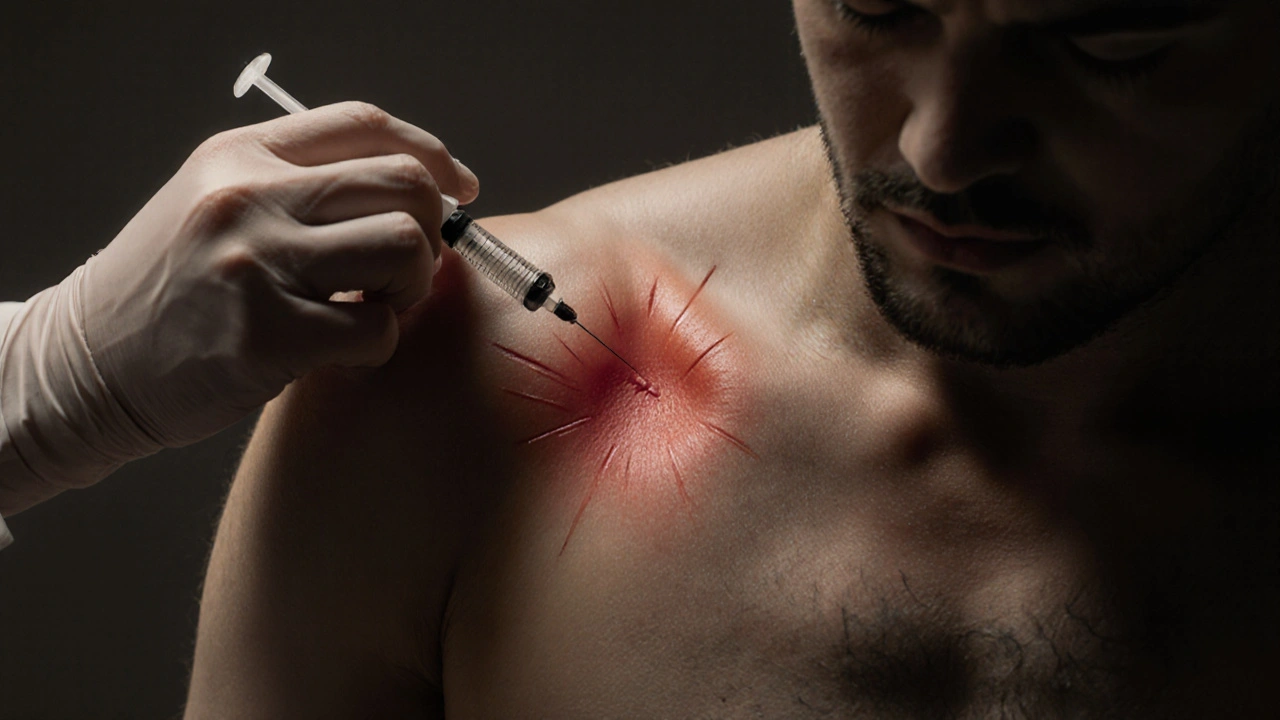Scars: What They Are, How They Form, and What You Can Do About Them
When your skin gets cut, burned, or damaged in any serious way, your body doesn’t just patch it up—it rebuilds it differently. This rebuilt tissue is what we call a scar, a fibrous tissue that replaces normal skin after injury. Also known as scar tissue, it’s made of collagen, but unlike healthy skin, it lacks sweat glands, hair follicles, and the same elasticity. That’s why scars look and feel different from the skin around them. Everyone gets them at some point—a childhood fall, a surgery, a bad acne breakout—and while some fade quietly, others stick around for years, sometimes growing bigger or raising up unnaturally.
Not all scars are the same. There’s the flat, pale kind that fades over time—that’s your typical hypertrophic scar, a raised scar that stays within the boundaries of the original wound. Then there’s the keloid scar, a thick, overgrown scar that spreads beyond the injury site, often darker and itchy, and more common in people with darker skin tones. And don’t forget atrophic scars, sunken or pitted scars, often from acne or chickenpox. Each type forms because of how your body’s healing process goes off-track—too much collagen, too little, or just unevenly distributed. Genetics, wound care, age, and even where the injury is on your body all play a role.
What you do right after the injury matters more than you think. Keeping the wound clean, moist, and protected reduces the chance of a bad scar forming. Sun exposure during healing? That’s a quick way to make a scar darker and more noticeable. And if you’re prone to keloids, avoiding unnecessary piercings or tattoos can save you a lot of trouble later. There’s no magic cream that erases scars overnight, but proven treatments like silicone sheets, pressure therapy, and certain lasers can help flatten, fade, or soften them—if you start early and stick with it.
Some scars are more than just skin deep. They can affect how you move, how you feel about your body, even how you interact with others. That’s why understanding your scar isn’t just about looks—it’s about control. Whether it’s a thin line from a surgery or a wide, raised mark from a burn, knowing what kind you have and what options exist gives you power over it. Below, you’ll find real, practical advice from people who’ve dealt with scars from surgery, injury, acne, and more. No fluff. No hype. Just what works, what doesn’t, and what to ask your doctor about.

How Triamcinolone Helps Reduce Keloids and Scars
Triamcinolone injections are a proven treatment for keloids and raised scars, reducing size, itching, and redness over time. Learn how it works, what to expect, and how it compares to other options.
Read More